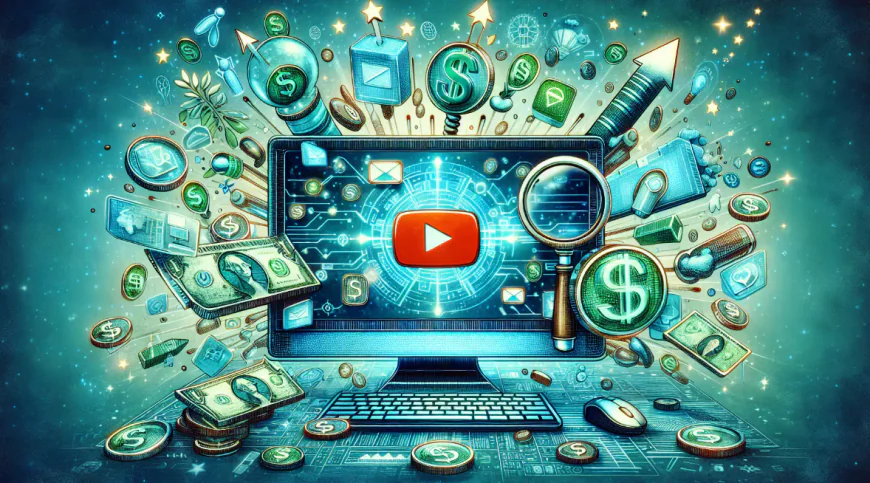YouTube's New Monetisation Policy 2025: What Creators Must Know
Starting July 15, 2025, YouTube will demonetise AI-generated, low-effort, and repetitive content. Learn how this updated policy impacts creators and what qualifies as authentic content.

On July 15, 2025, YouTube will introduce an update to its monetisation policy in the YouTube Partner Programme (YPP). The update will focus on video content that is "mass-produced, repetitious, or inauthentic", in response to an increase in low-quality, low-effort videos, including many of which are produced using AI voiceovers with stock footage, templated slideshows, and recycled content. The update is intended to encourage original content and improve the quality of advertisements on the platform.
The update reiterates existing restrictions rather than providing complete bans. YouTube already has a requirement that monetised videos must be "original and authentic", but the change in wording allows YouTube to focus on spam-like content. YouTube stated, channels continuously producing repetitious, template-based, or AI-spam content "may lose ad revenue or the channel may be removed from YPP".

What exactly is changing?
Increased scrutiny on reused content
Creators now need to be more aware of changing third-party materials. Reusing stock clips, voiceovers or public domain materials, with little change, will not be monetisable.
Crackdown on templated formats
Pre-formatted videos such as countdowns, lists, or AI voiceover slideshows produced en masse, without any entertaining or educational value, will be flagged.
AI content is now subject to greater scrutiny
While AI-generated components are not explicitly prohibited, any fully AI-enabled content products that lack original components could be demonetised. You can use AI to enhance your videos, but the final product must still be creative and original.
Response from YouTube and creators
In response to creator concerns about the new policy, YouTube stated the policy update is a small clarification, not an outright ban on AI-generated content. The goal of the change is to delineate more clearly what “inauthentic” means in the context of existing content and make enforcement more uniform. As YouTube editorial head Rene Ritchie noted, the policy "better represents what ‘inauthentic’ content looks like today", while still stressing that AI-augmented content that is well below the minimum standard is still monetisable.
This initiative follows on the heels of YouTube’s larger effort to promote quality content, including a recent rule limiting users under age 16 from live-streaming alone beyond July 22, 2025.
Implications for creators
In the new policy, YouTube requires long‑form channels, especially those using AI narration, stock footage, or third‑party clips, to be more creative in constructing videos by adding voiceover commentary, real editing, or visual storyline elements.
New creators might be in a stronger fishbowl. New minimum eligibility criteria remain (1,000 subscribers and 4,000 hours watched), yet channels that may be younger or less enabled may be unable to qualify as an initial basis from the quality review by YouTube as the new factor.
Existing creators should check their channel for original content. If they are used to producing routinely finished, handcrafted videos, likely there will not be any changes moving forward. However, if they are producing videos in a templated fashion, they should change now.
Why this matters
Advertisers and viewers have voiced frustration over the glut of generic, AI‑driven content. These videos often draw views but fail to retain audiences or provide brand‑safe environments. By prioritising originality, YouTube aims to protect creator earnings, improve viewer experience, and safeguard advertiser trust—all critical factors for its long-term ecosystem.
















































